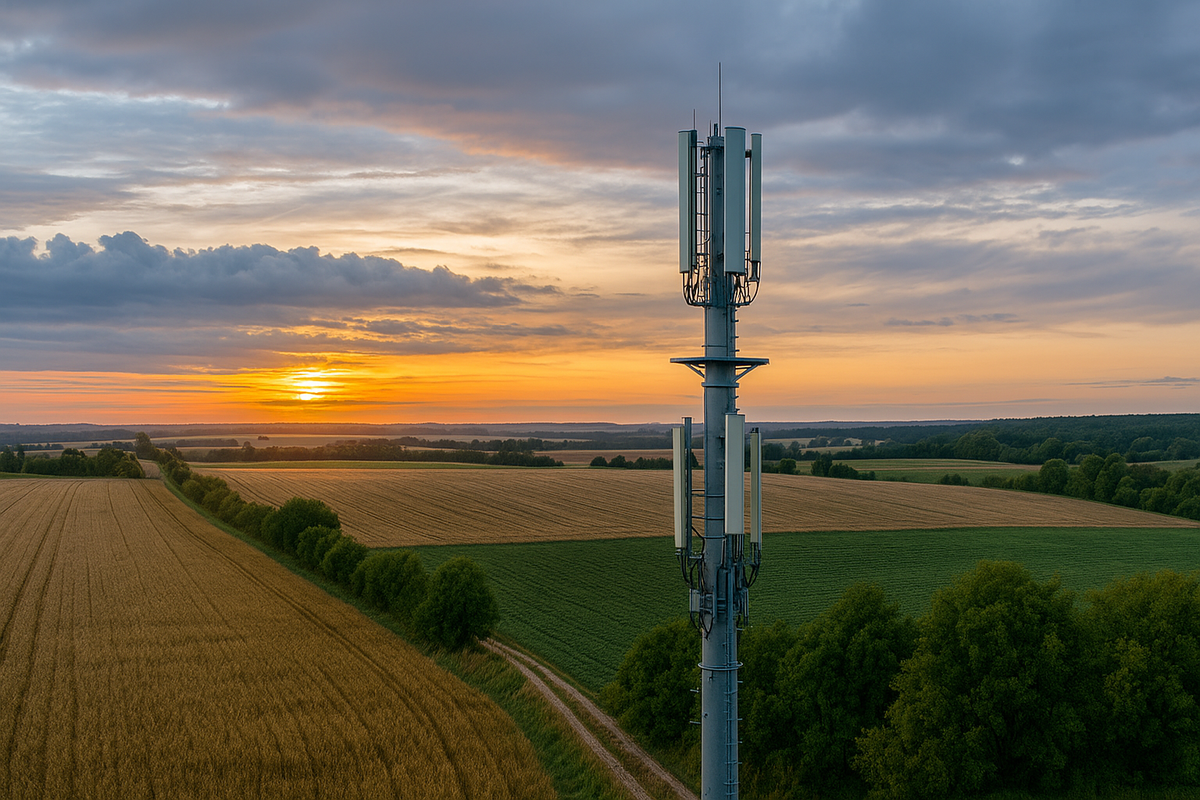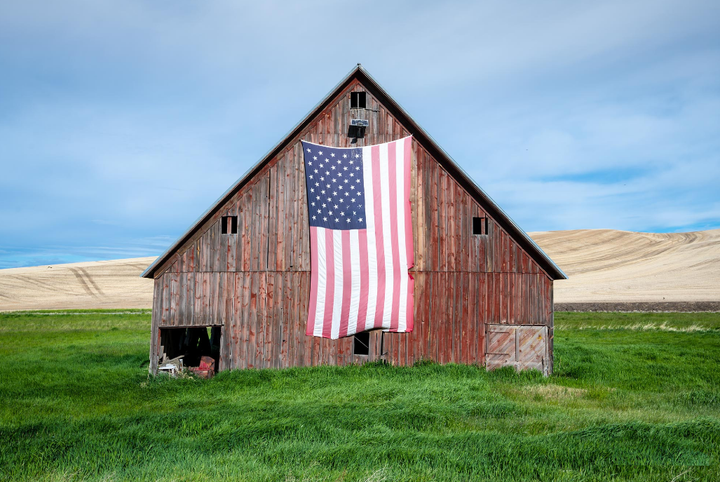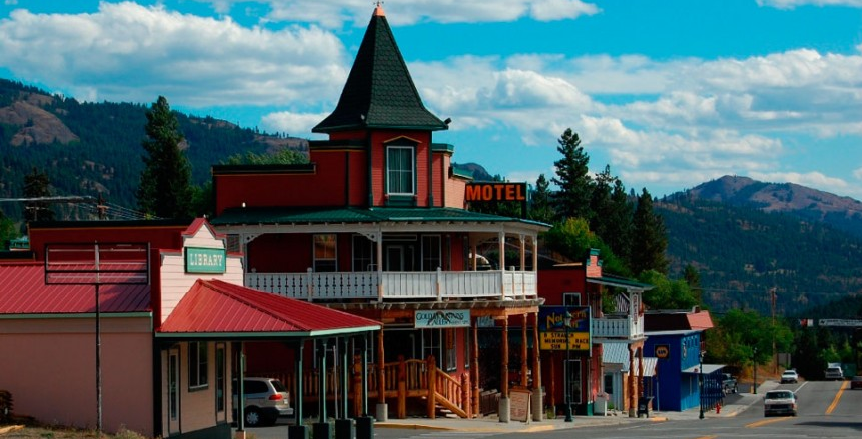The Day the Airwaves Were Cut: Public Media Just Lost Its Lifeline in Rural Washington

UPDATE – July 17: Today, the U.S. Senate followed the House in voting to slash funding for NPR, PBS, and the Corporation for Public Broadcasting. The final blow came despite months of warnings from journalists, educators, and rural broadcasters who know exactly what’s at stake. With this vote, Congress has moved one step closer to severing a signal that connects some of the most isolated communities in America—including those right here in Eastern Washington. One month ago, I wrote the following piece to explain what we stood to lose. Today, that loss became real.
The Signal That Ties Communities Together
I first stepped into the KPBX studio in 1980. At the time, it was housed in the old brick Hoban Building on North Monroe. I remember the steep, narrow stairs up to the top floor, where we cut tape on reel-to-reel decks with razor blades. That was journalism in its rawest form. It shaped my view of democracy.
Across Eastern Washington, public broadcasting isn’t just another media option. It’s a civic lifeline. From wildfire alerts in Ferry County to local government coverage in Spokane and school board reports in Pullman, NPR and PBS affiliates supported by the Corporation for Public Broadcasting (CPB) deliver vital information to communities that commercial networks often ignore.
The Cuts: What Congress Just Did
On June 12, the House passed a sweeping $9.4 billion rescission bill targeting unspent federal funds. Buried inside was a provision to claw back over $1.1 billion from CPB, NPR, and PBS. It effectively guts the financial support structure for public media across the country.
The bill passed 214 to 212. Rep. Michael Baumgartner of WA‑5 voted to defund the very stations his constituents turn to for wildfire alerts, civic updates, and cultural connection.
“The era of blank checks for partisan broadcasters is over,” Baumgartner said in a press release following the vote. “Taxpayers shouldn’t be forced to subsidize media outlets that openly campaign for the left.”
He made no mention of KPBX, KSPS-TV, or Northwest Public Broadcasting. All of them serve his constituents, both left and right.
What’s at Risk in WA‑5
Spokane Public Radio (which includes KPBX, KSFC, and KPBZ) relies on CPB for roughly 10 to 15 percent of its budget. That money supports journalists, equipment, signal transmission, and regional coverage.
“It’s not going to kill us, but it’s going to hurt,” said John Decker, general manager of Spokane Public Radio. “Without that money, and if we’re not able to replace it in some way, shape, or form, then yes, we would have to let people go… It would look like less news, less arts interviews, and performances here in the studio.”
KSPS-TV, Spokane’s public television affiliate, faces an even steeper threat. “That makes up almost 20 percent of our budget,” said GM Gary Stokes. “We definitely are going to have to look at how we’re going to do things differently in the future.”
Northwest Public Broadcasting (NWPB), operated by Washington State University in Pullman, broadcasts NPR content to some of the most rural corners of the district. This includes Ferry, Garfield, Columbia, and Lincoln counties.
The Counties That Stand to Lose the Most
In Ferry County, where broadband is limited and cell service spotty, public radio is one of the only consistent sources for news and emergency alerts.
Garfield County, the smallest by population in Washington State, depends on public radio and NWPB's outreach for educational programming and weather alerts. Commercial news simply doesn't reach these areas.
In Lincoln County, residents rely on public media for county commission updates, wildfire warnings, and school district reports. There are no local newspapers left.
Who Listens and Why It Matters Politically
The people who will feel these cuts most aren’t political radicals. They’re retirees, teachers, farmers, nurses, and small-town professionals. Many are independents. Some are conservative. Most are over 45. They tune in for public safety, cultural connection, and local voice. Not partisan rhetoric.
NPR’s core demographic in WA‑5 skews middle-aged, college-educated, and civically engaged. Public radio gives them what shrinking newspapers and consolidated TV networks no longer do: direct access to their communities.
The Silence to Come
These cuts won’t erase public radio in WA‑5 overnight. But they will erode it. Fewer local stories. Fewer reporters. Fewer lifelines when the grid fails or the fire jumps the ridge.
I still remember the warmth and urgency of that 1980 newsroom. I remember the first time I was sent out to interview someone, the click of the reel, the scratch of a voice coming through the tape.
Those voices mattered then, and they matter now more than ever.
And if Rep. Baumgartner and his colleagues succeed in defunding public media, those voices in Ferry, Garfield, and Lincoln counties, and across Eastern Washington, may fall silent when they are needed most.


